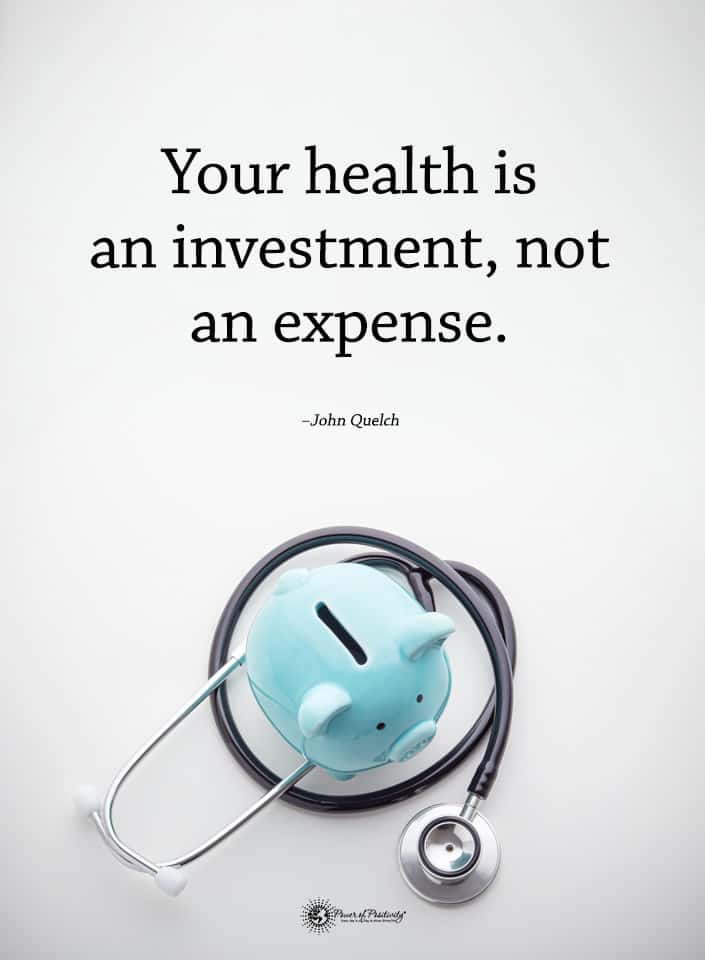Taking an afternoon nap is a luxury that not everyone makes time for in their daily life. Many people also assume that naps aren’t good for you. However, if you’re sleep-deprived or need to relax, taking time for a snooze can make all the difference.
If you enjoy napping, you’ll want to ensure you do it the right way. The first aspect to consider is what time of day it is. Taking a nap at the wrong time can backfire, leaving you with more problems than benefits.
Afternoon naps are a popular way to recover from lost sleep or an overly busy schedule, and only one-third of Americans utilize them. When you feel exhausted and worn out, you might need a refresher to stop you from feeling tired, sluggish, or irritable. These negative feelings can drag you down and cause a lack of productivity.
Before you start resting this afternoon, make sure you know how long a nap should be. Understanding the best afternoon nap length can help you make the most of your mid-day rest rather than turning it into a disaster. Following the guidelines can help you take a perfect nap that doesn’t leave you feeling worse.
Times That You Might Need an Afternoon Nap
Sometimes you might feel like taking a nap even when you don’t need one. As long as you do it at an appropriate time of day, there’s nothing wrong with that. However, other people desperately need a nap sometimes.
If you aren’t sure if you should take a nap, consider whether any of the following apply to you:
- New fatigue
- Unexpected sleepiness
- Have an upcoming period of sleep loss
- Want to make napping a part of your daily routine
- You have time and enjoy naps
- Lacking focus or inspiration
How Long an Afternoon Nap Should Be, According to Science
Ultimately, the length of your nap depends on how much sleep you need. There are benefits to power naps and naps that last more than one hour, making them both worthwhile. Whether you choose a short rest or need more than an hour, avoid sleeping for only thirty to sixty minutes.
Many adults are busy with other things and don’t have time for long naps. Because of their busy schedules, power naps are the best option, lasting for around fifteen or thirty minutes. However, if your schedule allows for it and you’re feeling extra tired, go ahead and set your alarm for an hour or more in the future.
If you implement a daily nap into your schedule, try taking a nap around the same time each day. Aim for mid-afternoon, and set the alarm for when you need to wake up so that you don’t oversleep. Avoid hitting snooze when your alarm goes off, although it will be tempting.
Don’t take your nap too early in the day, or your body won’t be ready. Likewise, please don’t take it too late, or you’ll struggle to sleep at night.
Power Naps
A power nap is under thirty minutes long and can leave you feeling rejuvenated. You’ll have more energy to finish the day, helping you get by until bedtime.
When you take a power nap, you’ll wake up before the deep sleep cycle begins. Staying in the lighter stages of sleep prevents grogginess and irritability. Power naps shouldn’t replace regular nighttime sleep, but they can give you an extra energy boost throughout the day.
30-60 Minute Naps
Once you surpass the 30-minute mark of your nap, you begin to enter deep sleep. While you will still experience improved memory and decision-making, it’ll leave you feeling sluggish. Plus, it’ll take longer for the benefits to kick in.
Longer Afternoon Naps
If you sleep for more than sixty minutes, you have likely entered the deep sleep cycle. You’ll experience improved memory and creativity, but you’ll also feel groggy.
Taking a nap for ninety minutes puts you through a sleep cycle. You’ll go through light sleep, deep sleep, and REM sleep, allowing you to wake up feeling well-rested. When you wake up, you’ll experience improved memory and creativity, and you’ll be in a better mood.
Four Tips For Taking the Perfect Afternoon Nap
If you’re taking a power nap, you don’t have much time to waste. You’ll want to fall asleep quickly and get as much rest as possible. These tips can help you take the perfect nap each time.
1 – Keep Your Naps Short
It might be tempting to sleep longer, but now that you know how long your nap should be, stick to it. Remember that more extended rest will leave you feeling groggy.
2 – Take Your Nap Early in the Afternoon
Avoid taking naps after three in the afternoon. Taking a nap any later than that could interfere with your sleep at night. If you start feeling tired anytime between noon and two pm, use that time to take a nap.
3 – Sleep in a Restful Environment
Take your nap in a dark, quiet place free of distraction to ensure the best possible rest. Choosing an environment with a comfortable room temperature will help, too.
4 – Give Yourself Time to Wake Up
After your nap, make sure to give yourself plenty of time to wake up before resuming activities. You’ll need to be alert for anything that requires a quick or sharp response. It won’t take long before you feel wide awake, and you’ll know what you’re ready to continue your tasks.
Five Benefits of Taking an Afternoon Nap
Now that you know how long your afternoon nap should be, it’s time to learn all the benefits. When done correctly, napping can make you feel better overall. You’ll be more productive and ready to tackle any obstacle or setback that comes your way.
1 – Promotes Relaxation and Decreases Stress
Taking a nap helps you relax and destress, allowing for many other benefits, including an improved mood. When you relax and decrease stress, you’ll be happier and less irritable. Plus, you’ll be able to think clearly, helping you feel better overall.
Taking a nap to reduce stress also leads to improved performance. Whether at work or home, you’ll be more effective at everything you do.
2 – Helps You Form Memories
Studies show that people who take power naps can remember word pairs better than others. It links to associative memory, similar to recognizing someone and remembering their name. Forming memories also helps with learning through episodic learning, a type of remembering.
3 – Encourages Inspiration
When you lack inspiration, an afternoon nap can make all the difference. Take a break from your task and get a little rest. When you wake up, you’ll have fresh ideas, see new connections, and find solutions.
4- Allows You to Recover from Fatigue
One study found that participants feel significantly less tired after a 30-minute nap. Their fatigue wore off, and they could refocus on their activities as it improved their alertness. Recovering from fatigue also allowed the participants to experience quicker reaction time.
5 – Helps You Reduce Your Caffeine Intake
When you’re feeling tired, you might want to grab another cup of coffee. However, too much caffeine is detrimental to your health and well-being. By taking a nap instead of consuming caffeine, you’ll improve your memory and learning while staying healthy.
The Disadvantages of Taking an Afternoon Nap
While naps are tremendous and offer many benefits, there are a few drawbacks. Naps can leave you feeling groggy or disoriented, worsening your mood rather than improving it.
They can also make you have trouble sleeping at night, causing you to be tired the next day, too. If your nighttime sleep becomes a regular issue, it could start an endless cycle of exhaustion.
For people with insomnia, afternoon naps can be especially harmful. They already struggle to sleep at night, and resting could worsen the problem. If you struggle with insomnia, you might want to nap during the day, but try to avoid it.
When an Afternoon Nap Might Be a Bigger Problem
If you’re so tired that your naps interfere with your daily life, it could be a sign of something more. Likewise, if you get a whole night of sleep each night and you’re still desperate for a nap, it could be because of a medical condition.
Think about your naps and your reason for needing them. If you only use power naps to help you refresh, there’s likely not another issue. However, consider discussing it with your doctor if you take naps because you’re always exhausted.
Final Thought on How Much Time it Takes for an Afternoon Nap.
While it’s impossible to give a definitive answer to how long an afternoon nap should be, you can narrow it down. For most adults, a power nap of fifteen to thirty minutes is best. Otherwise, aim for more than sixty minutes. Taking a nap can help you feel more energized, allowing you to get through the day and remain productive.
An afternoon nap can also help reduce stress, improving your overall physical and mental health. Taking a short nap can help you work faster and more diligently. Don’t miss out on the many benefits of napping by ensuring you sleep for the right amount of time.





















